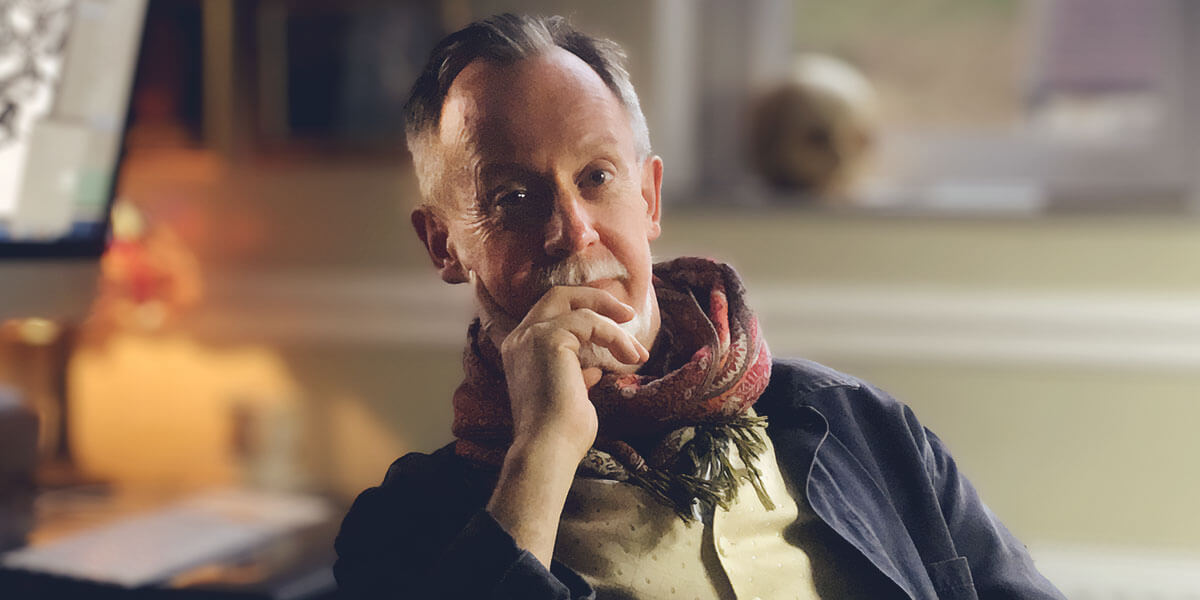Our new commemorative coin collection dedicated to British myths and legends required a striking design style that would carry through the entire series. David Lawrence, an illustrator with a wealth of experience designing coins for The Royal Mint, from Britannia to The Royal Tudor Beasts Collection, has created bespoke reverse designs for each coin in the collection, unifying each legend with a signature style. We spoke to the illustrator to get his thoughts on the project and find out his process for creating the designs.

What attracted you to this project?
“I always feel there is something timeless about creating coin designs – the way that they are discovered, archeologically speaking, long after civilisations have passed away, to bear witness to the sentiments of former minds; the art long outliving the mind that gave it birth. How long will any of these coins survive into the future? The legend of King Arthur is one of those fables that seems a fitting subject for a series of coins; what could be more appropriate than a timeless tale carved onto a timeless medium?”
How did you approach the overarching design concept for the Myths and Legends Collection?
“Always lots of research – picture research in particular. Arthurian legend has been described visually right from the days of Caxton through to Disney, and onto modern, small screen media. All are relevant, and yet all also need to be discarded (as much as possible) to try to come up with something original. I’m a great believer in stoking the subconscious with a lot of material and then waiting for an idea to surface in my mind’s eye.”
Was there anything you knew you wanted to include from the outset for the King Arthur design, or a particular Arthurian legend from which you drew inspiration?
“I wanted to make the characters real, so to speak, and put them into a realistic context. For years, I have lived in the Southwest of England, where Glastonbury has long been associated with the ‘Isle of Avalon’, and appears in the background of the Merlin coin. Merlin has some druidic leanings (although no one actually knows what druids looked like of course) and Arthur’s costume places him in the post-Roman, pre-Norman world. (Although Camelot is decidedly late medieval!)”
Could you describe your creative process, and could you talk us through any iterations that led you to the final design?
“I print out some sheets of small coin roundels and quickly sketch in a few possible shapes and ideas. A lot of work is first done in the head – but it’s not until pencil hits paper that one can tell if an idea will work.
“The best two or three of each theme are then worked up in more detail and discussed with the design team. Reference is then gathered for the anatomical figure, the facial expression and the costume details.
“Finished drawings of at least two (usually about four) designs are then prepared, type put in place and the work is then placed before The Royal Mint Advisory Committee, who decide which coin should go forward and whether further refinements of the final design are required.”
Myths and Legends Coin Range






